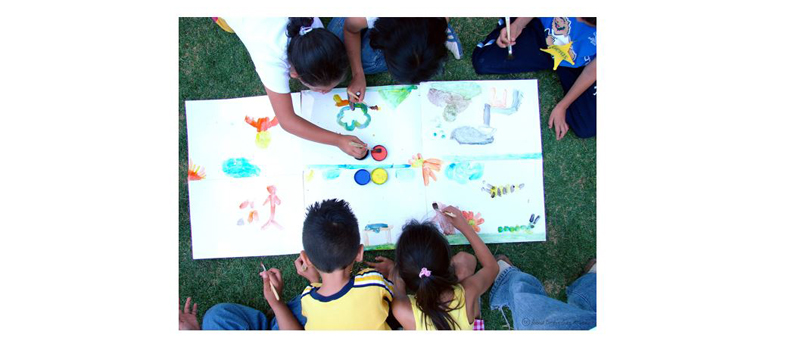2.3 The relationship between rights and needs
The animation and conclusions below follow from an understanding of children’s needs:
An animation that shows an understanding of children’s needs.
- Children’s needs are universal: They apply to children in all socio-economic and cultural environments. It does not matter whether a child lives in sub-Saharan Africa, Tajikistan or Sweden, he or she has needs for a stable family life, adequate food, education, and respect for his or her abilities. The way in which needs are met will vary in different cultures and for different children. For example, family structures differ, children start education at different ages, opportunities for play may be more or less formal, the relationship of children to work varies, and disabled children may need additional support, but fulfillment of needs remains essential for optimal health and well being.
- The fulfillment of all needs is essential for children’s optimal health and development: There is often a tendency to view physical needs as having priority. Clearly at one level, it is true that without food, children will die. However, it is also true that without education or play, children’s potential cannot be realized. And, without respect and freedom from discrimination, their psychological and emotional well being will be impaired. Children’s needs are mutually inter-dependent: none take precedence over another.
- Children cannot fulfill their needs without adult support: Their youth, vulnerability and lack of power mean that they are dependent on the adult world to ensure that their needs are met. This places obligations on adults to create the necessary conditions that will ensure this happens. This obligation extends not only to the fulfillment of needs for individual children, such as family life, access to health care or education, but also the consideration of public policies that potentially impact on children’s health and development – housing, transport, environment, macroeconomics and poverty. This means that government policy at all levels must take active and consistent account of children’s needs.
- Acceptance of the premise that adults have responsibilities or obligations to meet children’s needs is de facto acceptance that children are entitled to have their needs met. In other words, children have rights: Needs become rights when they are recognized as imperatives for protection and quality of life and are established as obligations through human rights instruments. In respect of children, these rights have been endorsed and codified by the international community in the UN Convention on the Rights of the Child. They are based on the collective appreciation of the human condition and are universal and applicable to all individuals, contexts and cultures. Rights cannot be revoked or be discriminatory in their application. They all have equal importance and are fundamental to guarantee the health, development, and well-being of the individual. The Convention requires governments to introduce the necessary measures to ensure that these rights are respected for all children. It asserts that: a) they are universal, indivisible and inter-dependent, and b) their fulfillment must be grounded in a commitment to an understanding that children, as subjects of rights, must be respected, listened to and taken seriously in the exercise of their rights.
| Needs | Rights |
|---|---|
| Universal but vary in priority and/or form at any particular time and place | Universal- apply to every child at all times |
| No obligation or responsibility | Imply obligations and responsibilities |
| Cannot be demanded | Entitlements which can be demanded |
Health professionals tend to prioritize physical needs, yet all needs are important (physical, psychological, social, economic, cultural, and spiritual). Clearly, at one level, it is true that without food, children will die; however without education or play, a child’s potential cannot be realized, and without respect and freedom from discrimination their psychological well-being will be impaired. Thus, to maximize the developmental potential of children, needs and fulfillment of potentials must not be considered in isolation, but rather as rights, and holistically, wherein the physical, psychological, social, cultural, and environmental factors interact and interrelate, forming synergies amongst themselves.
2.2 Needs, Potentials, and Rights of Children
